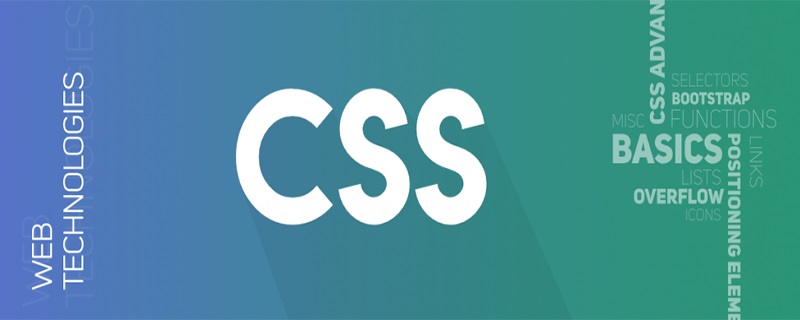

1.@media screen realizes the adaptability of web page layout
Advantages: No plug-ins are required, it can adapt to various window sizes, just Add the @media screen attribute to CSS.
Official documentation: @media can set different styles for different screen sizes. Especially if you need to set up a responsive page, @media is very useful.
Syntax: @media mediatype and|not|only (media feature) { CSS-Code; }
/* 屏幕宽度大于 1200px 则 h5 的字体颜色是black */
h5{
color: black;
}
@media screen and (max-width: 1200px){
h5{
color: #eee;
}
}
/* h5字体颜色为红色,屏幕宽度只有在869px 与900px之间生效 */
@media screen and (min-width: 869px) and (max-width: 900px){
h5{
color: red;
}
}
/* 屏幕宽度小于 320px 则 h5 的字体大小是20px */
@media only screen and (max-width: 320px){
h5{
font-size: 20px;
}
}Then I started to contact the mobile terminal adaptation.
2.rem adaptation
This method is an original article by CSDN blogger "sxs1995", blog.csdn.net/sxs1995/art…
The calculation unit is 640px = 6.40rem,
When the width of the design draft is 750px, i = 750; When the width of the design draft is 640px, i = 640.
Disadvantages: When the page is loaded for the first time, the line will flash for 1-2 seconds, and the user experience of previewing on the mobile phone is not good

!function(n){
var e=n.document,
t=e.documentElement,
i=720,
d=i/100,
o="orientationchange"in n?"orientationchange":"resize",
a=function(){
var n=t.clientWidth||320;n>720&&(n=720);
t.style.fontSize=n/d+"px"
};
e.addEventListener&&(n.addEventListener(o,a,!1),e.addEventListener("DOMContentLoaded",a,!1))
}(window);3. Use @media to implement rem adaptation
Advantages: When the screen width changes, you only need to modify the font-size in the Html element to adapt
/* 不同屏幕宽度,设置不同的font-size */
@media screen and (width:750px){html{font-size:100px}}
@media screen and (width:749px){html{font-size:99.87px}}
@media screen and (width:748px){html{font-size:99.73px}}
...
@media screen and (width:321px){html{font-size:42.8px}}
@media screen and (width:320px){html{font-size:42.67px}}4. Use vw to customize rem adaptive layout
I saw author JowayYoung’s article on flexible use of CSS development skills on Nuggets. One of them is: Use vw to customize rem adaptive layout
Advantages: Using rem layout on the mobile terminal requires setting the font-size of different screen aspect ratios through JS. Combining vw units and calc() can break away from the control of JS
/* 基于UI width=750px DPR=2的页面 */
html {
font-size: calc(100vw / 7.5);
}Currently, I have used all the above methods. Considering the amount of code, I mainly use vw to customize the rem adaptive layout. Do you have any other better suggestions? I will refer to it carefully, thank you.
Recommended tutorial: "CSS Tutorial"
The above is the detailed content of 4 mobile terminal adaptation methods. For more information, please follow other related articles on the PHP Chinese website!